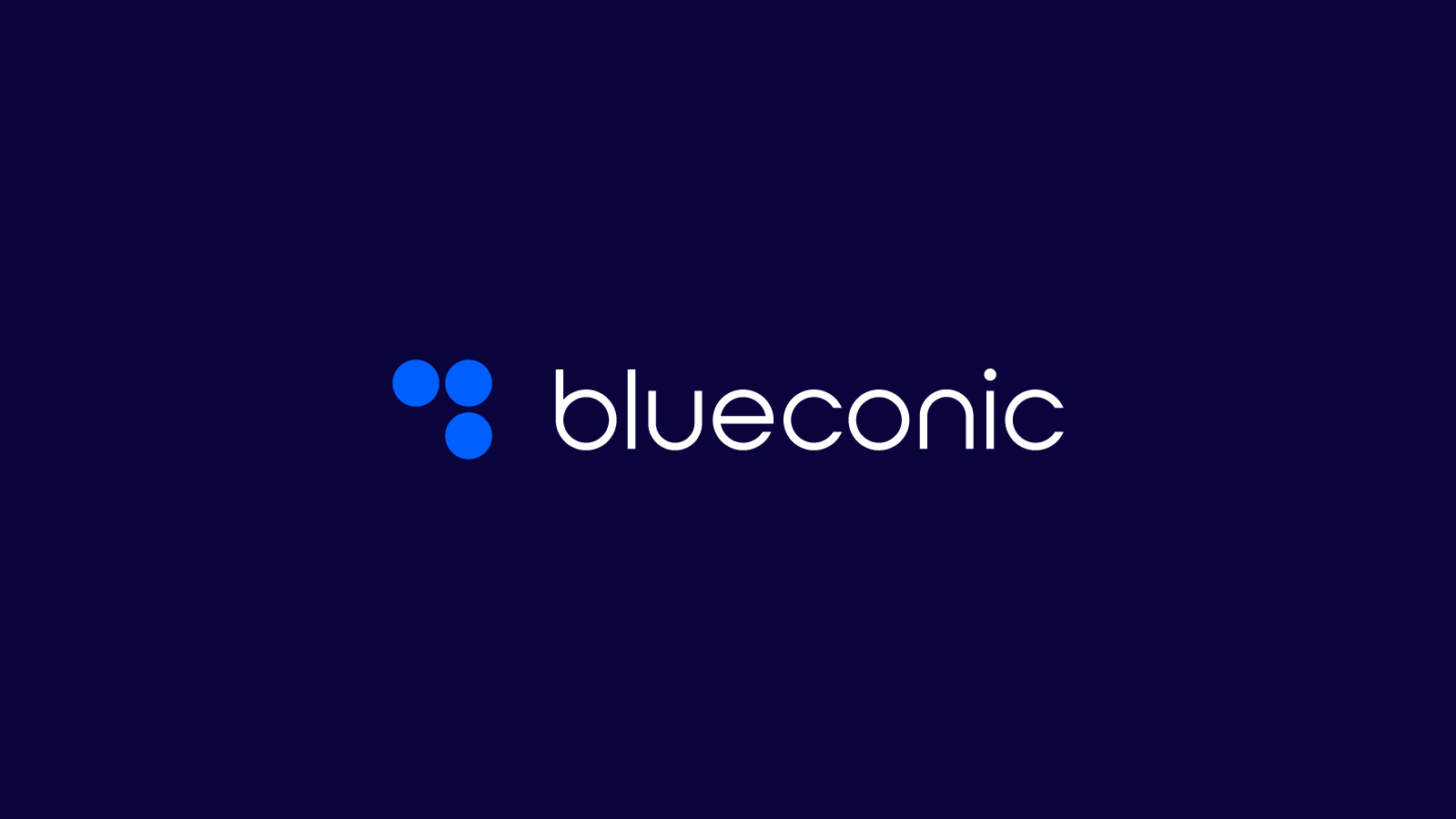Keeping up with emerging customer experience (CX) trends is essential for meeting customer expectations and maintaining competitive advantage. In this guest post, IDC's Gerry Murray shares his perspective on the top trends shaping CX today.
Customer data platforms (CDPs), predictive AI, generative AI, first-party data, composability and data clean rooms are some of the biggest trends in CX today. Let’s start with some IT spending trends. Despite 2023 recession concerns, IT tech spending has held up remarkably well. IDC’s latest survey found that 82% of respondents stated that global IT spending would be the same or higher at the end of this year than they had planned at the start of the year. Three of the major geographic regions were aligned, with North America at 77%, Western Europe at 83%, and Asia Pacific at 90%.* In the same survey, IDC asked respondents to select the top 10 tech investments most immune to budget reductions. It’s not surprising that security, risk and compliance continues at the top of the list (28%).** Customer experience initiatives are second highest on the list (20%), data and analytics initiatives are fourth highest (19%), and AI and automation initiatives are number 8 (17%).
Brands have now moved on from their focus on digital transformation during the pandemic to the goal of becoming a digital business. In two previous surveys, IDC found 12.5% of respondents were digital-native businesses, with 87.5% considering themselves as blends of digital and physical businesses. Of the blended businesses, 37.7% reported they were mostly digital businesses, meaning that out of all businesses responding, 50.2% are mostly or all digital. Brands that are digital and physical say customer experience along with products and services are the two most important priorities at 37.6% and 33.7%, respectively.*** Brands also prioritize making customer data accessible to all functions and departments using CDPs, having a dedicated budget for enterprise wide CX investments, and eliminating silos in data aggregation and analytics.
IDC’s definition of CDPs has three pillars:
Aggregation of first-party customer data from source systems, cleansing, alignment into a schema or similar structure, identity resolution, maintaining or creating data privacy, PII, and consent tags, creates unified customer profiles for B2C, B2B, and DTC. All new customer data flows into the CDP to keep the profiles updated.
Analytics/AI derives insights from the customer data, beginning personas, audiences, and segments. Customer journeys are analyzed, and data from journeys and interactions inform AI algorithms that predict the next best communications or actions that will address customers’ needs with high precision.
Activation takes those AI-derived insights and delivers the recommended action to engagement channel systems serving email, social media, SMS, mobile, web, voice or physical channels.
What are the latest trends in CDPs? Here are my top picks:
Adoption and growth: The market for CDPs has continued to grow rapidly since the start of the pandemic in 2020. Growth in 2023 was 21.6% from 2021. I predict market growth to $7.3 billion in 2027, at a compound annual growth rate (CAGR) of 21.6%.
Data clean rooms: The focus to zero- and first-party data and away from third-party data has increased interest in brands comparing their non-PII anonymous data with the same data of other brands that may be in adjacent markets, or data providers, using secure data clean rooms.
Expanded activation capabilities: Adding real-time personalization, customer journey, and native engagement channels to CDPs increases their value and can deliver significant business outcomes to CDP buyers at less than the cost of a marketing cloud or multiple engagement channel providers in the martech stack.
Composable CDPs: CDP vendors are offering more modular subscription options that include zero-ETL or zero-copy features for buyers who have made significant investments in cloud data warehouses including Snowflake and Databricks.
CDPs for X: CDP providers are increasingly offering CDPs for specific teams like customer service, sales, and marketing with team-specific content and models. CDPs for specific industries are becoming more popular, adding industry-specific playbooks, use cases, and additional data schemas and attributes.
Predictive AI: Predictive AI (AI/ML) capabilities have increased in CDPs over the past few years, as providers have responded to the need from CDP buyers for customer insights from unified customer data profiles. Using AI/ML algorithms to predict cart abandonment, customer attrition, next-best communication, next-best action, and audience/segment auto-discovery are good examples of use cases.
Generative AI: CDP vendors have announced generative AI capabilities since the start of 2023. Most announcements have included prompt-based user interfaces (UIs) that enable marketers to describe (or select) a use case, optimize it with AI recommendations, watch the AI run the click-based UI and, when ready, launch into production. Natural language queries for customer insights, segment creation and personalization, and customer journey creation are some of the representative GenAI use cases, along with custom content generation for customer emails and forms.
AI technology advances and CDPs will improve CX, increase revenues, reduce ad spend, and improve customer loyalty. The rapid time to value of CDPs make the technology a must-have for brands across all industries and go-to-market models.
* Source: Future Enterprise Resiliency & Spending Survey Wave 8, IDC, September 2023, N=888.
** Source: Future Enterprise Resiliency & Spending Survey Wave 8, IDC, September 2023, N=888.
*** Source: Future Enterprise Resiliency & Spending Survey Wave 5, IDC, June 2023, N=1014; Future Enterprise Resiliency & Spending Survey Wave 6, IDC, July 2023, N=890.






